What is a Zeo?
We see them all over the place and use the word in everyday conversation, but what exactly are these machines that we depend upon so much?
Zeo is short for zeoform, the name given to large mechanized vehicles controlled by zeotech. Zeotech uses special scanners to read the brain of the pilot. This is then processed through Z-space, a form of alternate reality that enables data transmission at greater than light speed. The results of these computations are then channeled into the zeoform.
The most important element of the zeotech link is the use of unconscious brain power to regulate background systems. This allows zeoform pilots to maintain balance for their massive machines without having to specifically think about it (“equilibrioception”).
Most zeotech systems, as well as having AR or VR feedback systems, also require some physical interaction. This can be control columns, triggers, small joysticks, keyboards, fingerpads, throttles, and so on, to give a grounding to the operator in the real world. This allows focus to be maintained as it anchors the mind to the physical body. Despite this, it is common for pilots at the height of interface to “Z-out”, to work on the boundary between physical and digital without conscious deliberation between the two. Some operators experience a euphoric sense of dislocation and otherness when they do this.
Most zeoforms are mapped closely to the human body to allow the straightforward integration of zeotech control systems. Operators of non-humanoid zeosystems spend far longer adapting their thought patterns to control their “unnatural” machines.
Piloting zeotech is a learnable skill, but some show more aptitude than others. Because of this, brain-mapping often forms part of Unitas recruitment. This streams those with the most suitability for zeoform operation towards GuardCorps careers. Some People’s Galactic cultures also empower, lionize, or institutionalize zeoform suitability, creating castes or classes around it. A few have “royal” bloodlines based on the belief that they concentrate zeo-suitability within the ruling class.
Chambert’s Defense Guides
While zeoforms are used in many aspects of daily life, it is their military application that draws the most interest. Zeo manufacturers like Zentai Specials, SUCo, and the Matsumoto Foundation are understandably tight-lipped about the specifications and designs, especially pre-release of new models and variants. Special closed patent courts exist for a reason. However, once production models are in the populace, a number of enthusiasts are keen to analyze and share the details, leading to something of a secondary market in mil-zeo data. One of the most respected analysts, known both for highly detailed breakdowns and post-engagement evaluation as well as more informal “pop” texts is “Drew Chambert” (a nom de plume). Little is known about this writer except it is evident they are or have been a zeo designer, possibly even a pilot at some point, and have some quite deep connections into both Pact and GuardCorps operations. Their writings and audiocasts are available across all one hundred heliospheres to a greater or lesser extent.
One of the most respected analysts, known both for highly detailed breakdowns and post-engagement evaluation as well as more informal “pop” texts is “Drew Chambert” (a nom de plume). Little is known about this writer except it is evident they are or have been a zeo designer, possibly even a pilot at some point, and have some quite deep connections into both Pact and GuardCorps operations. Their writings and audiocasts are available across all one hundred heliospheres to a greater or lesser extent.





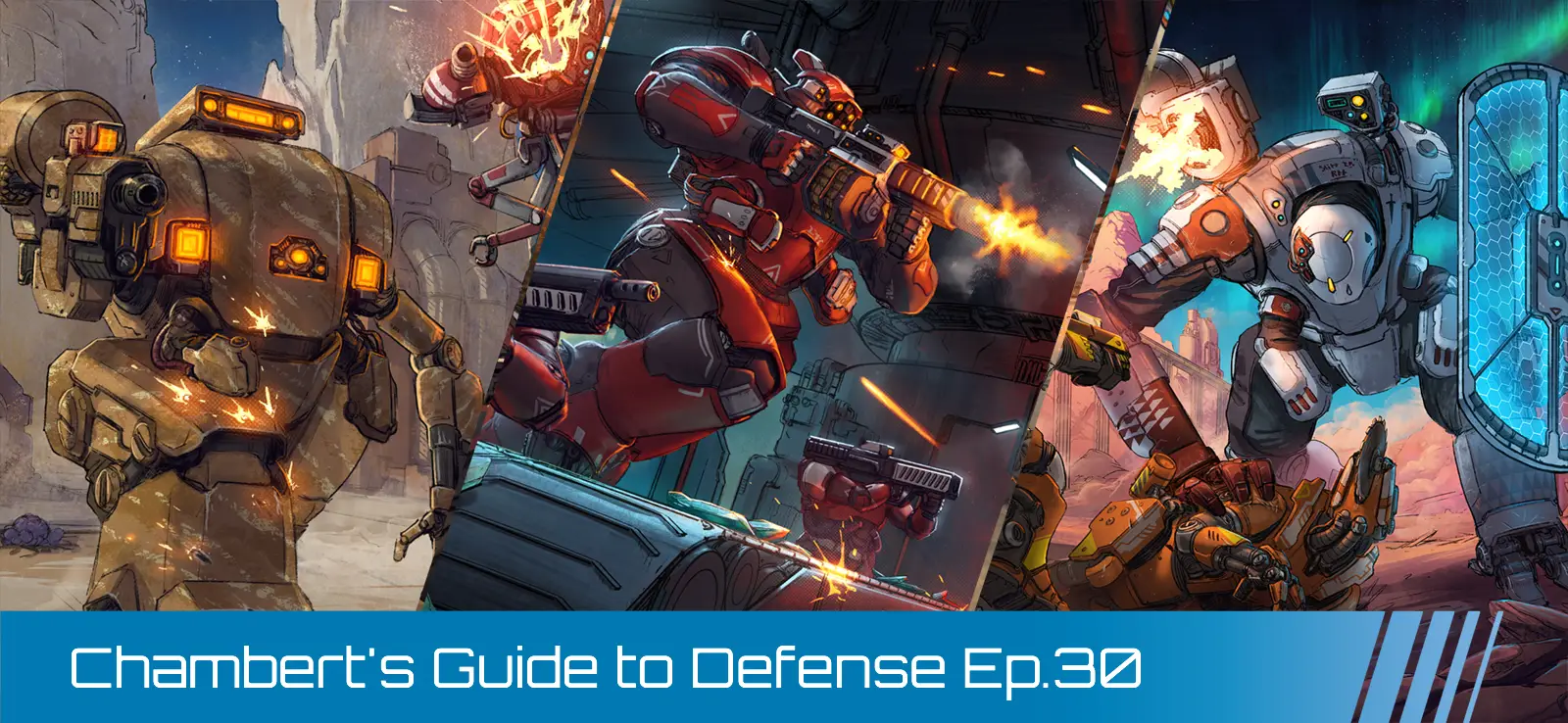

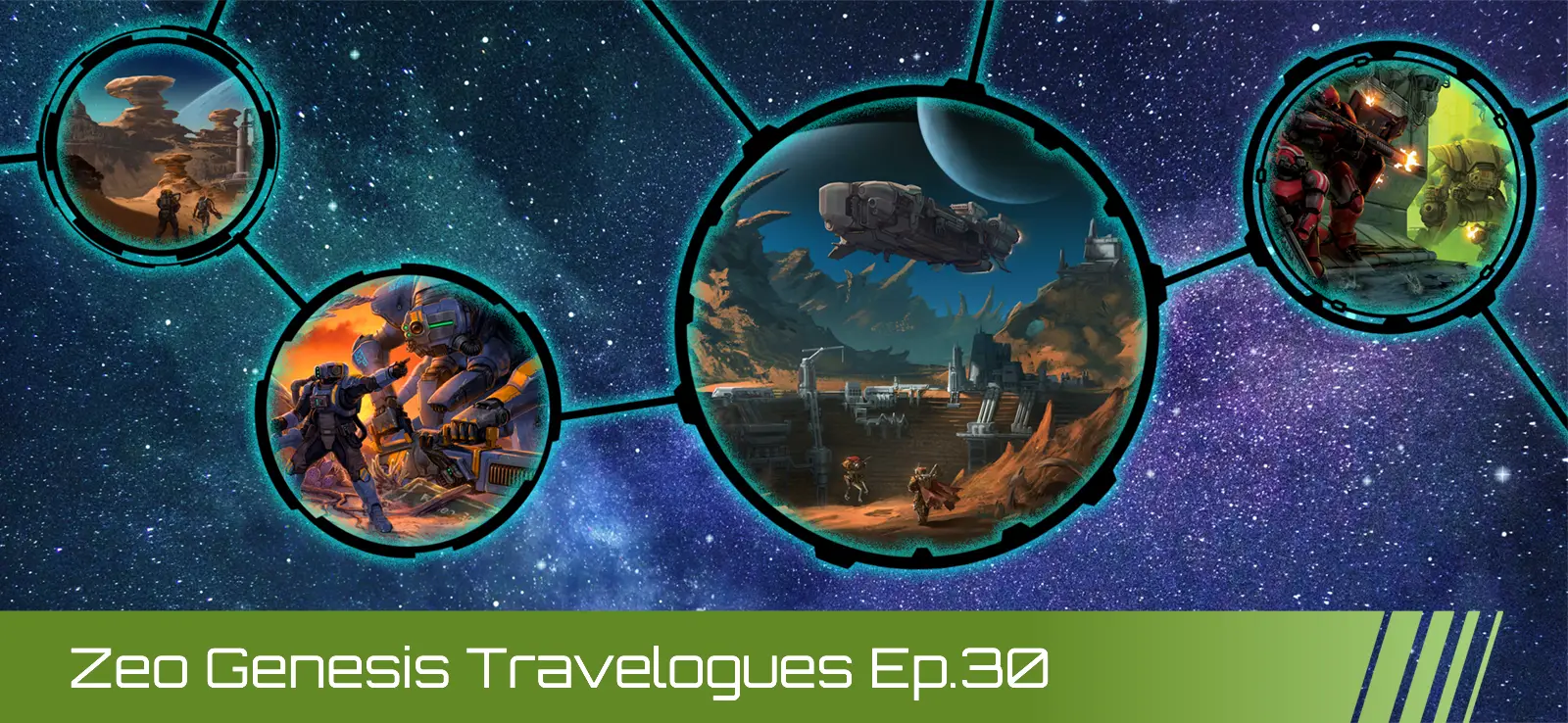
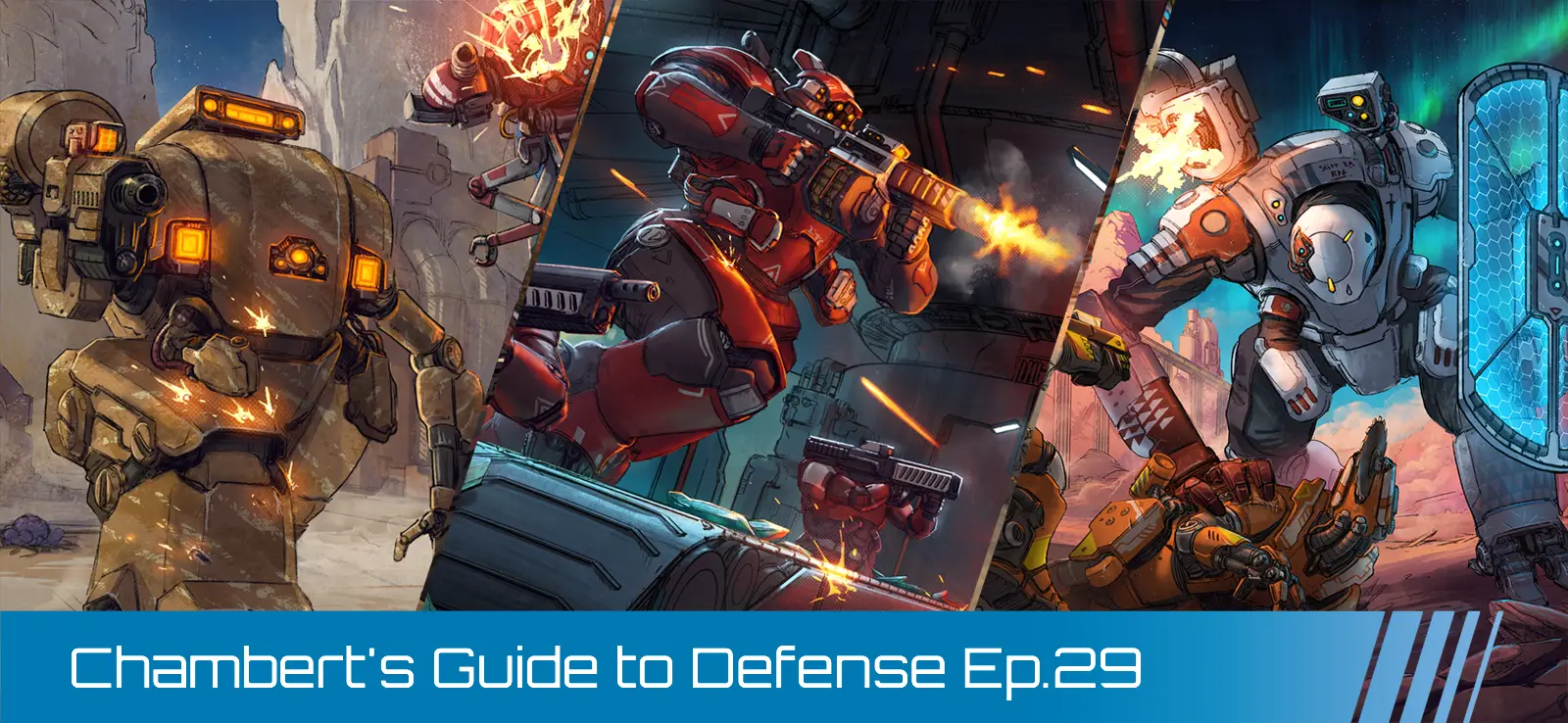
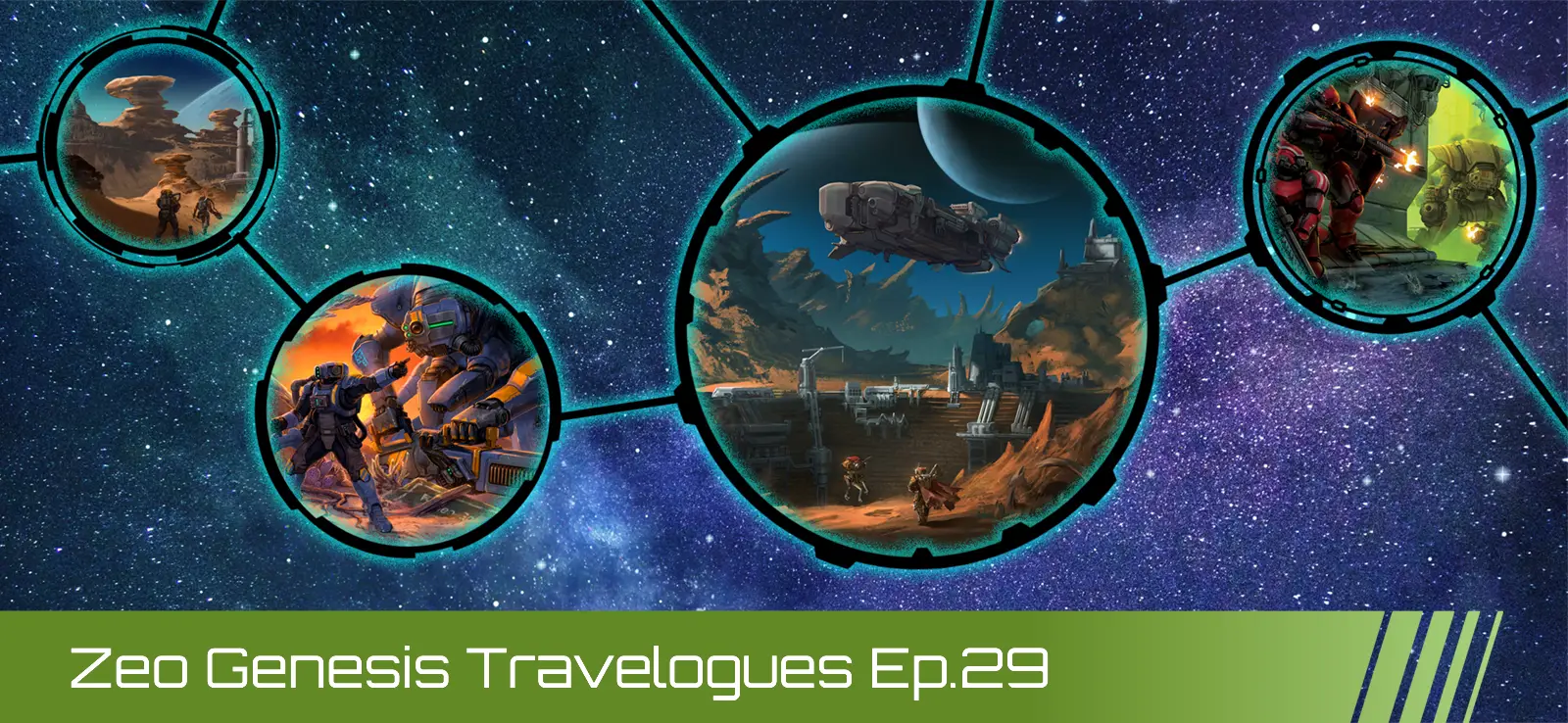
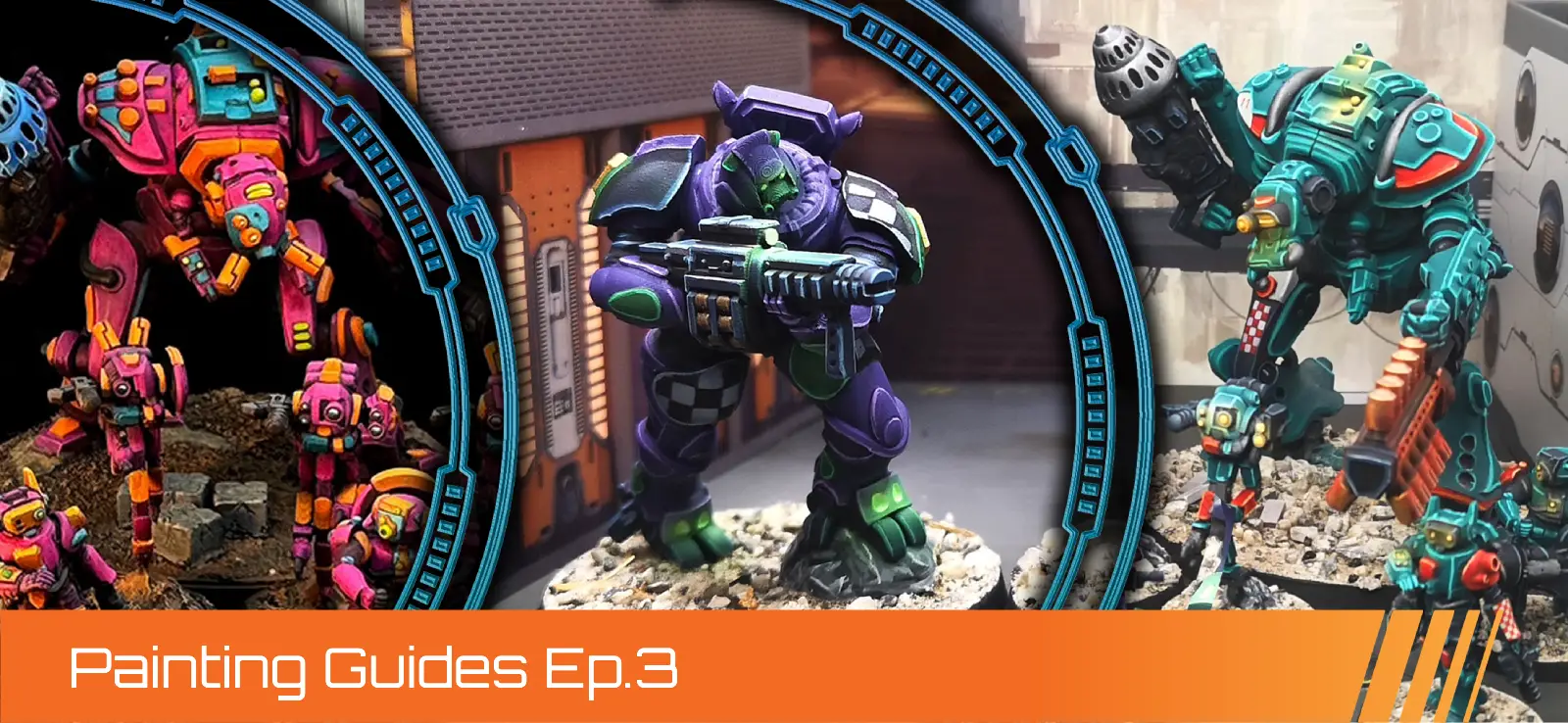
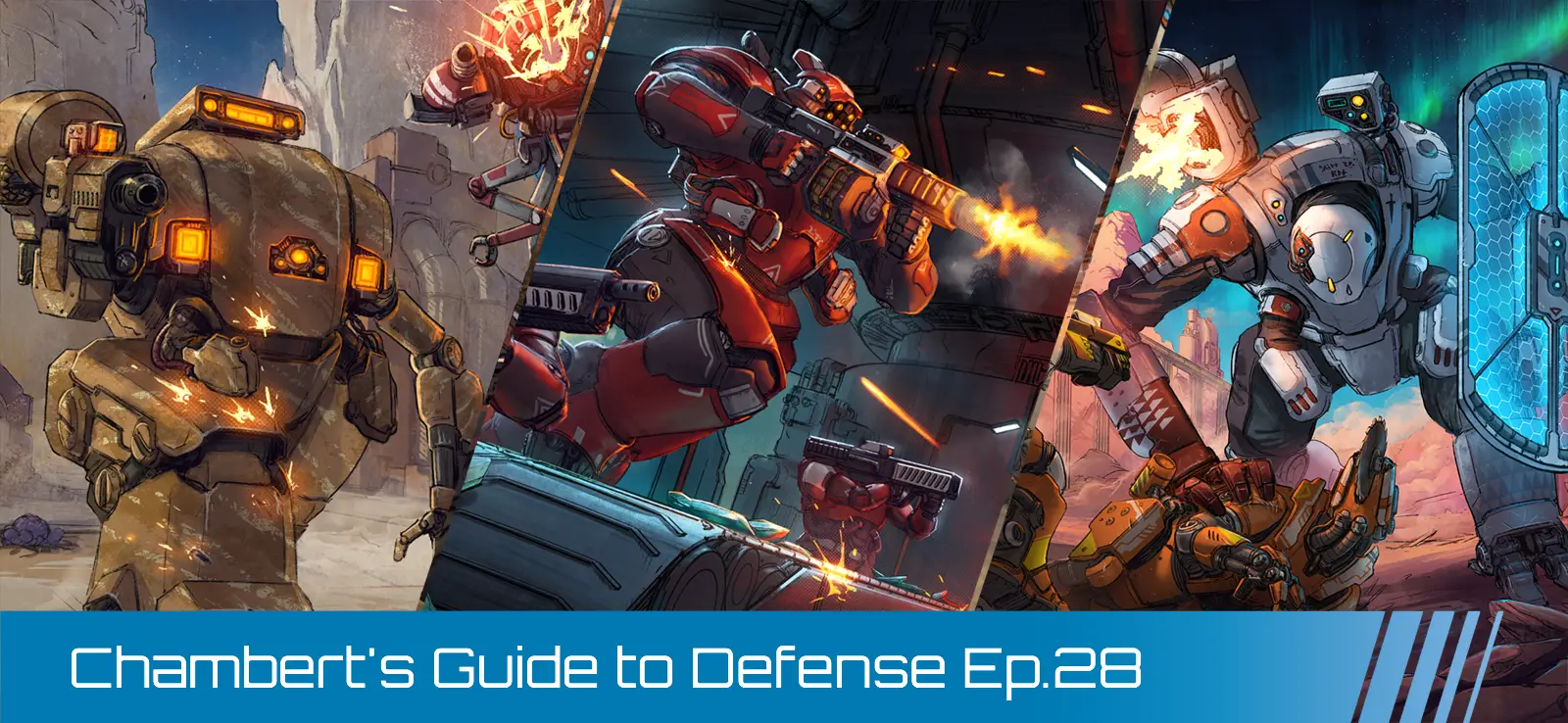
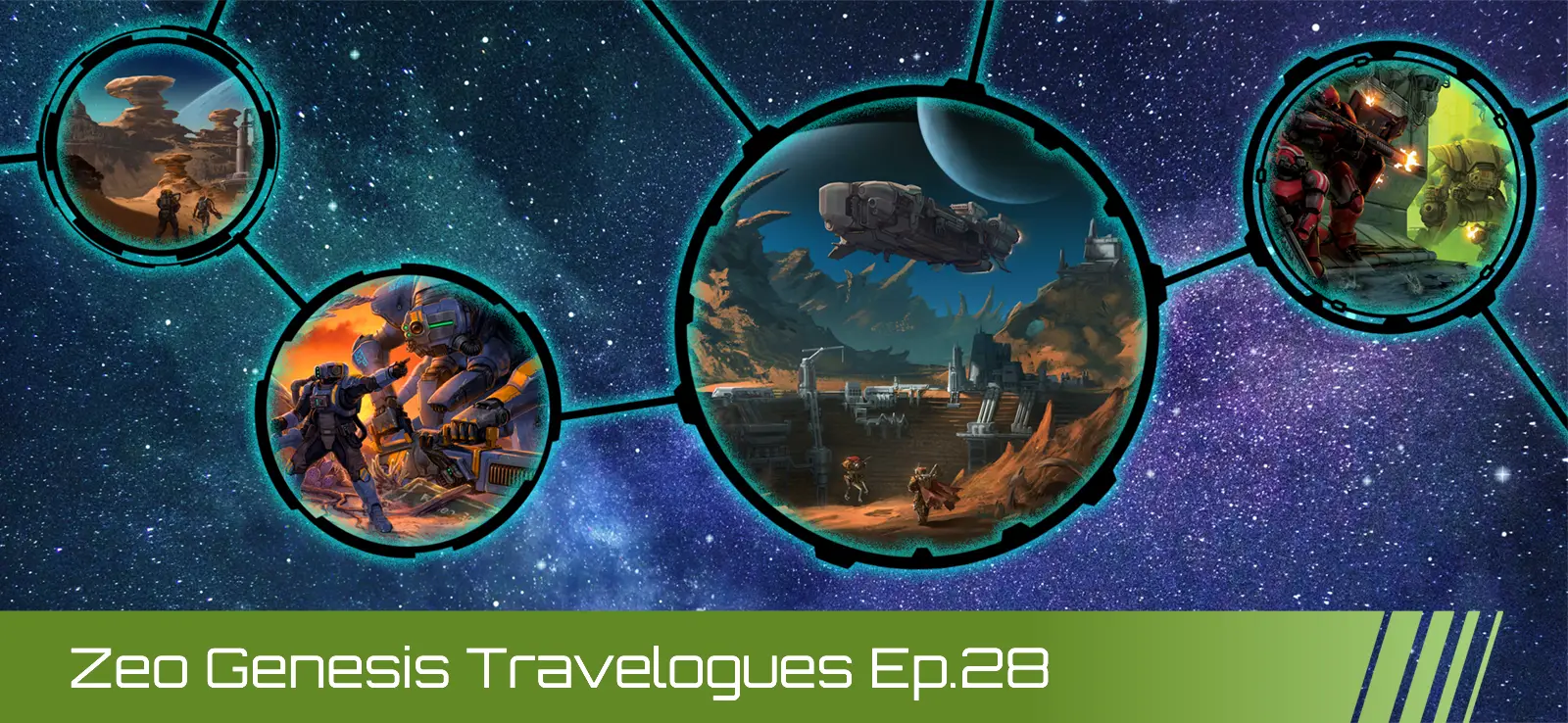
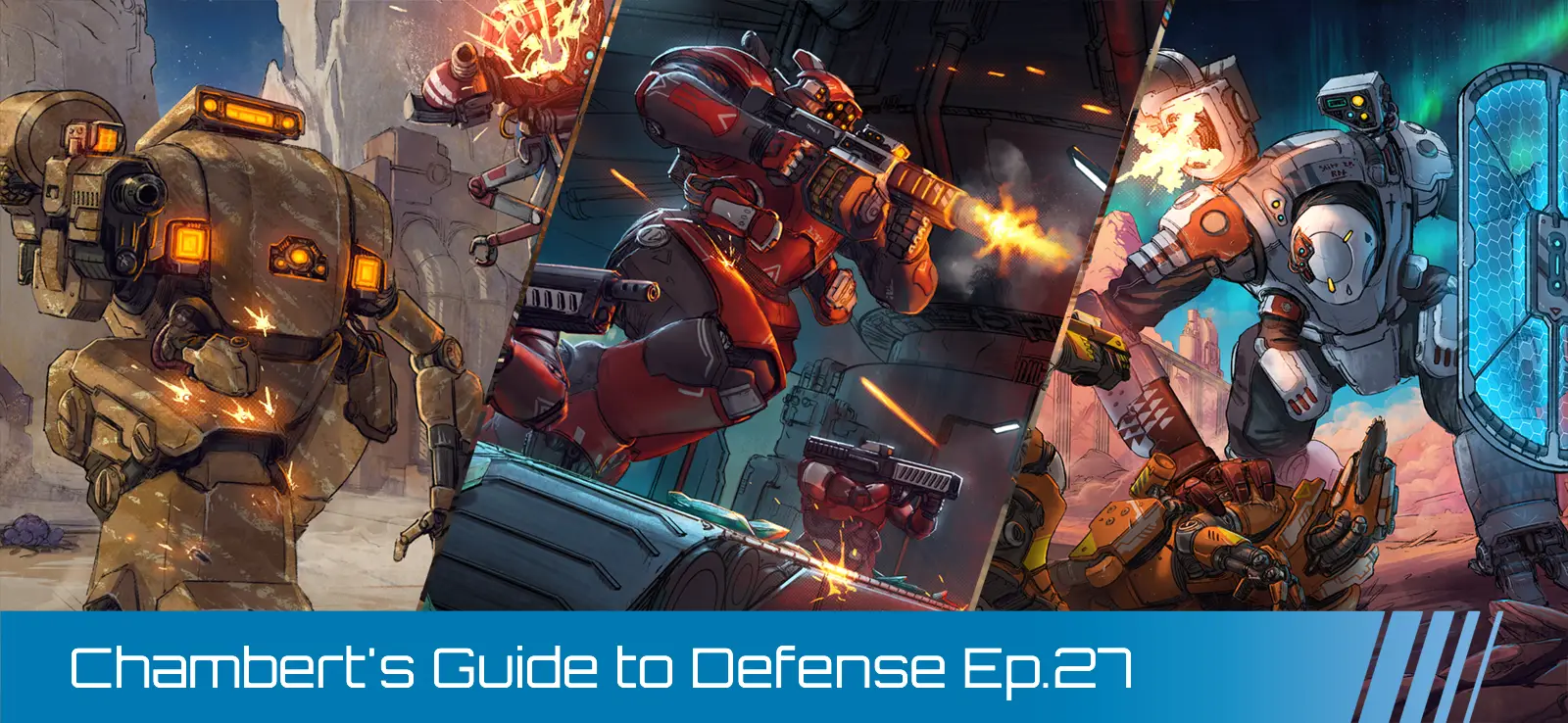
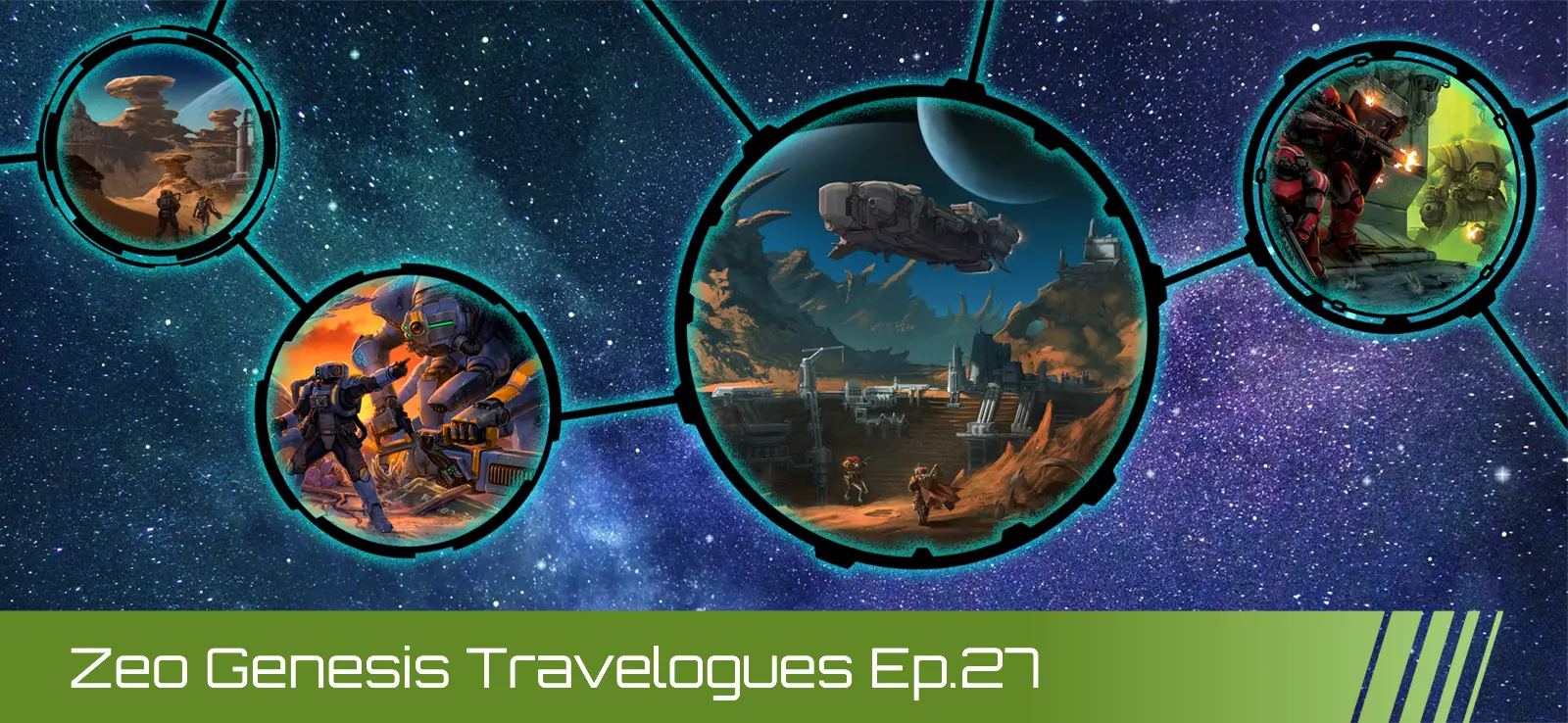
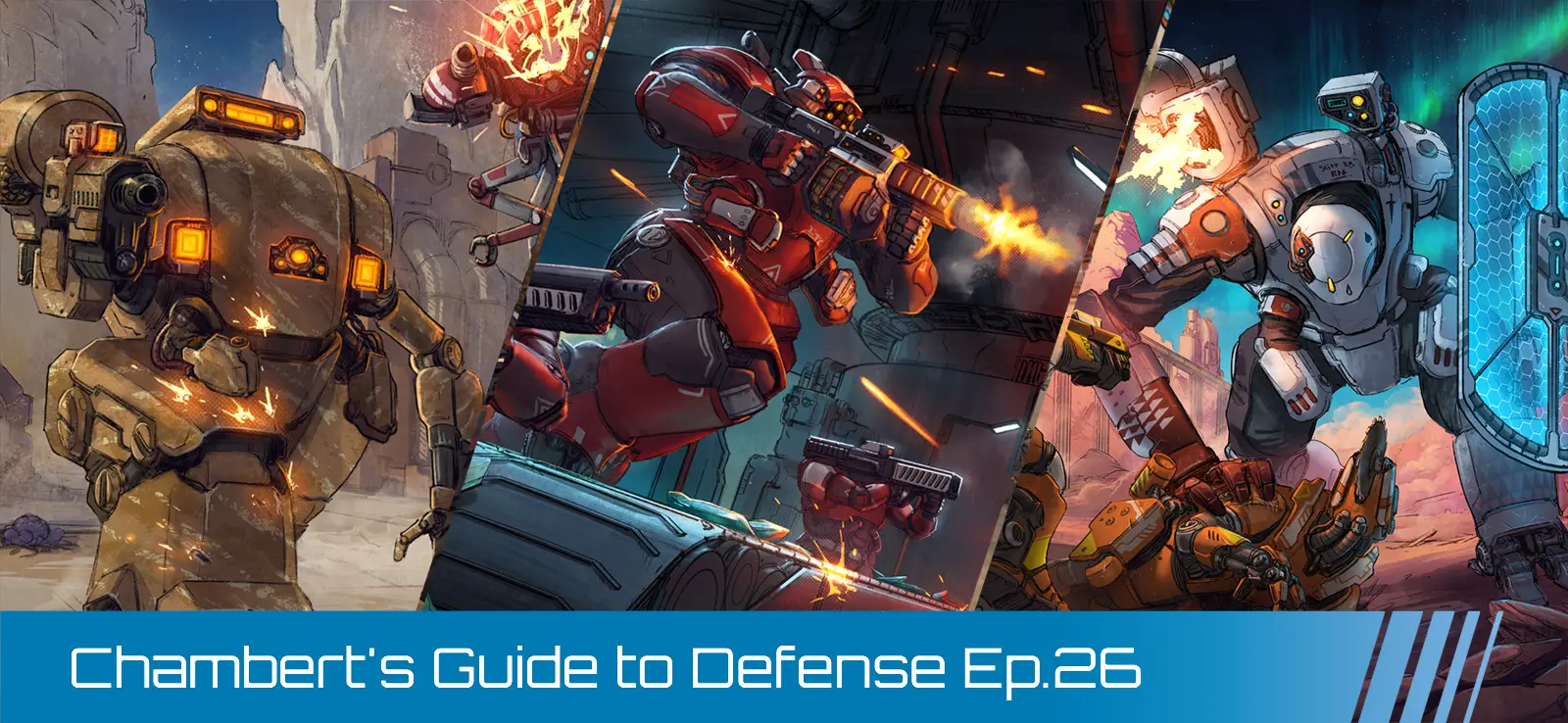
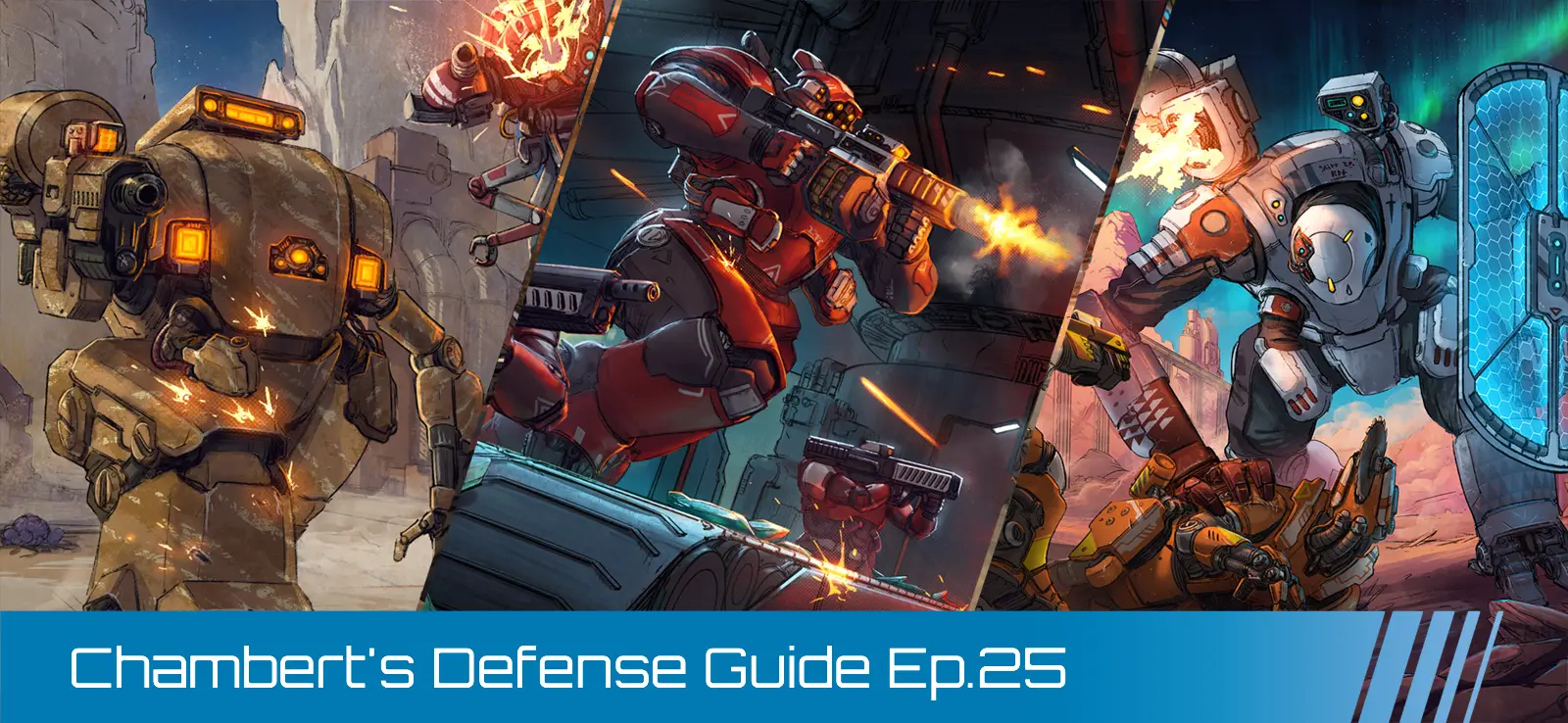
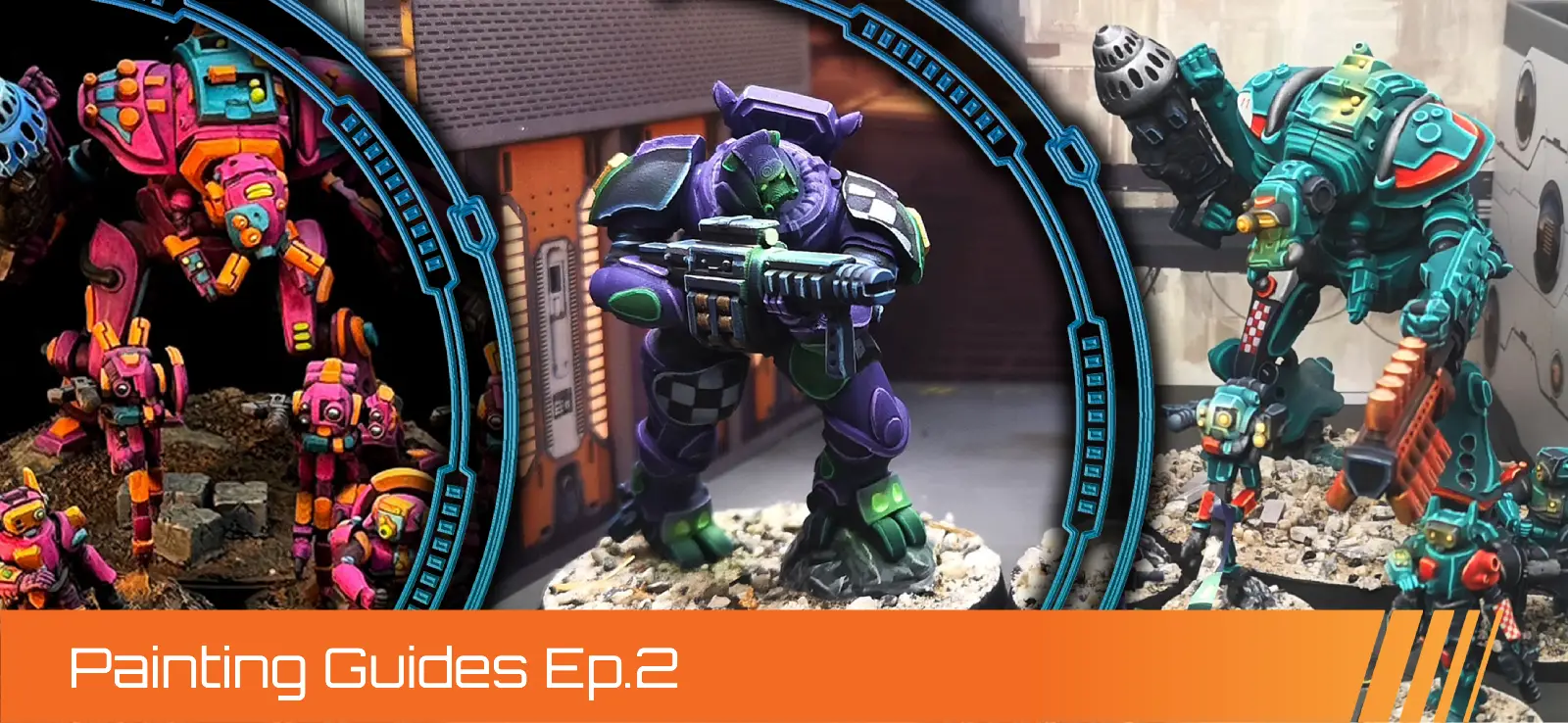
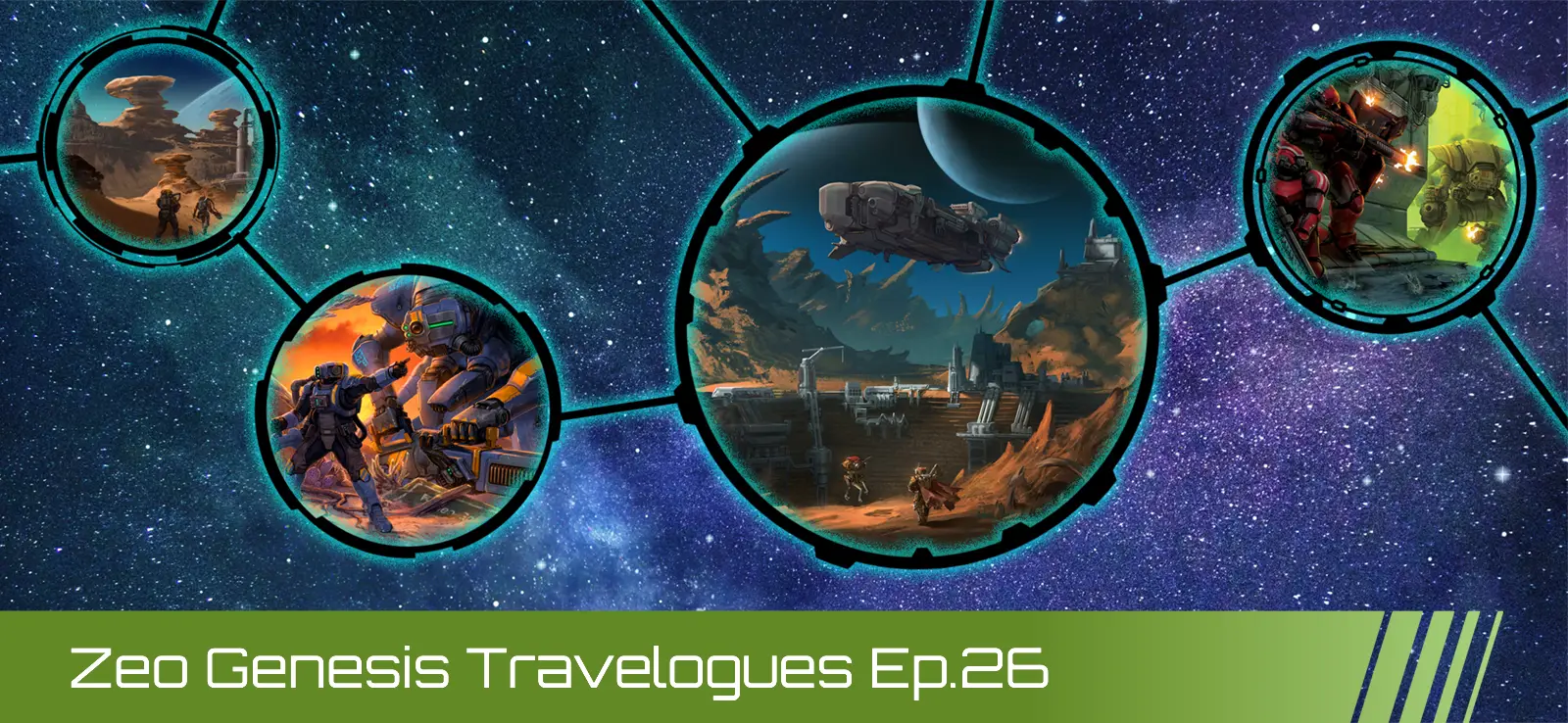


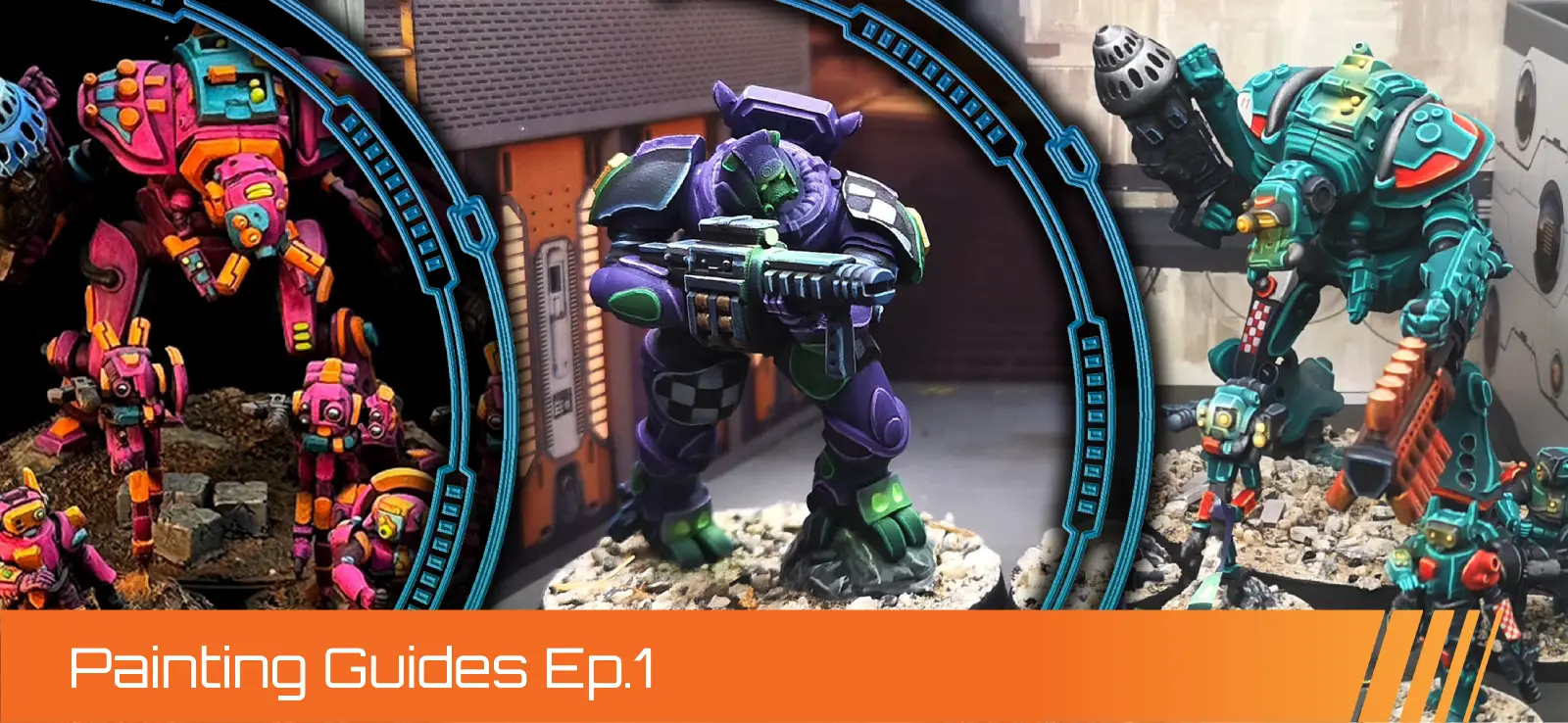


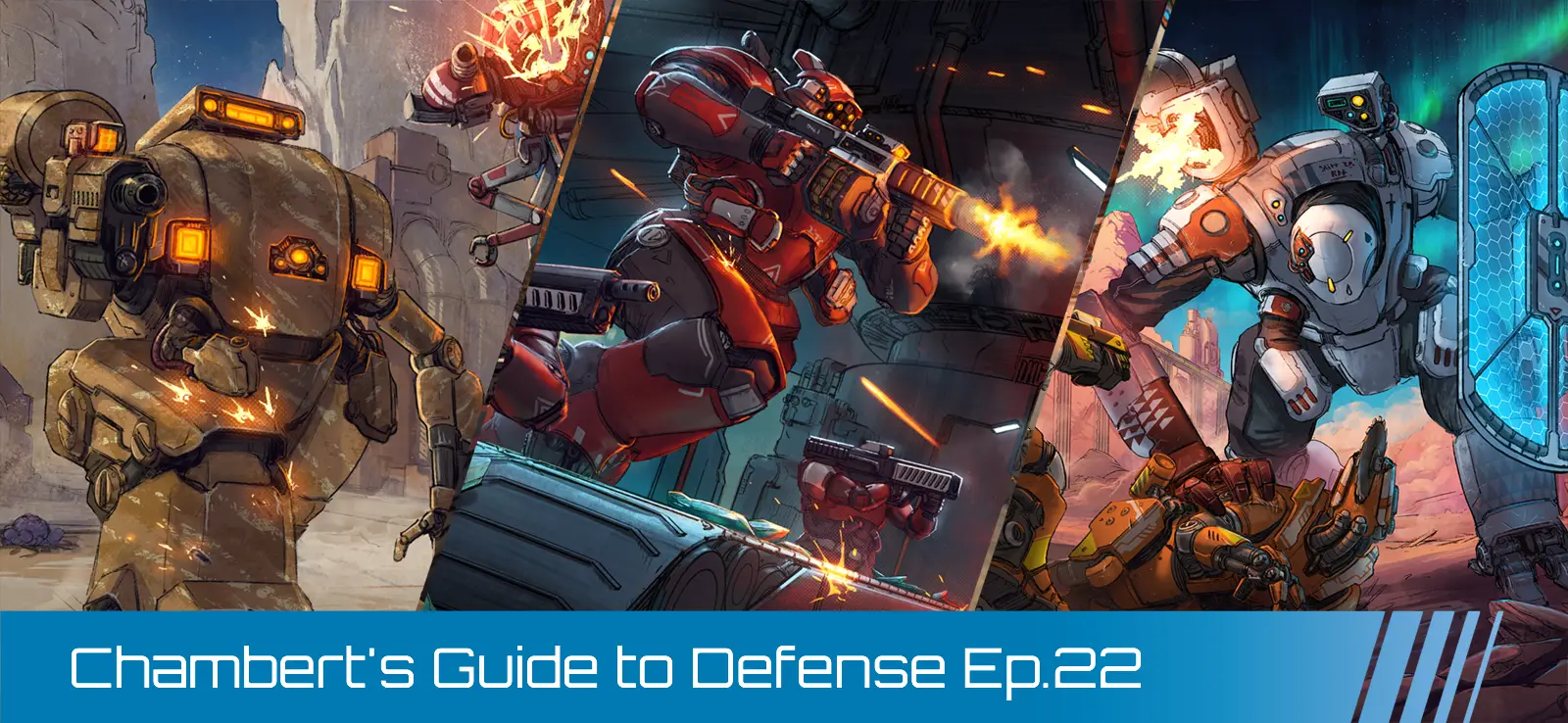
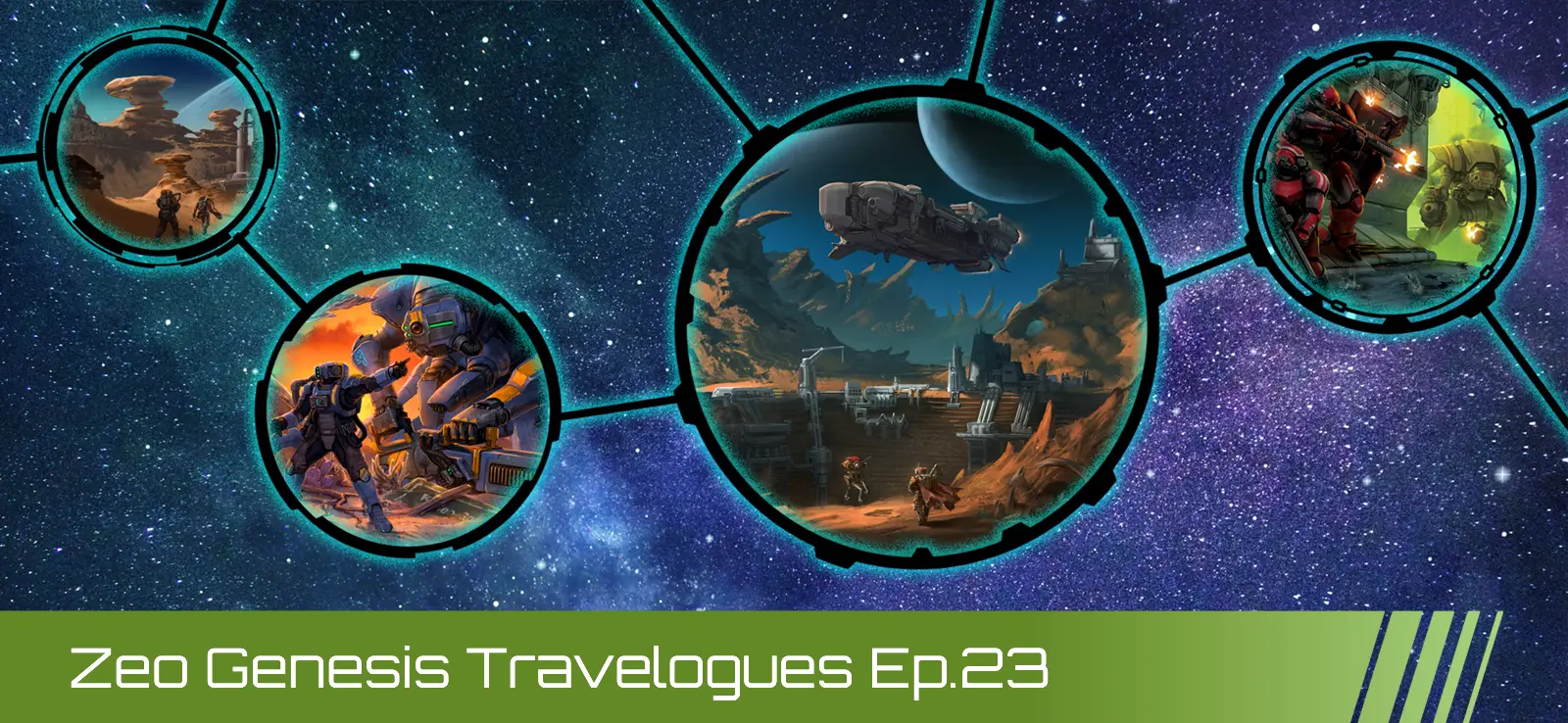
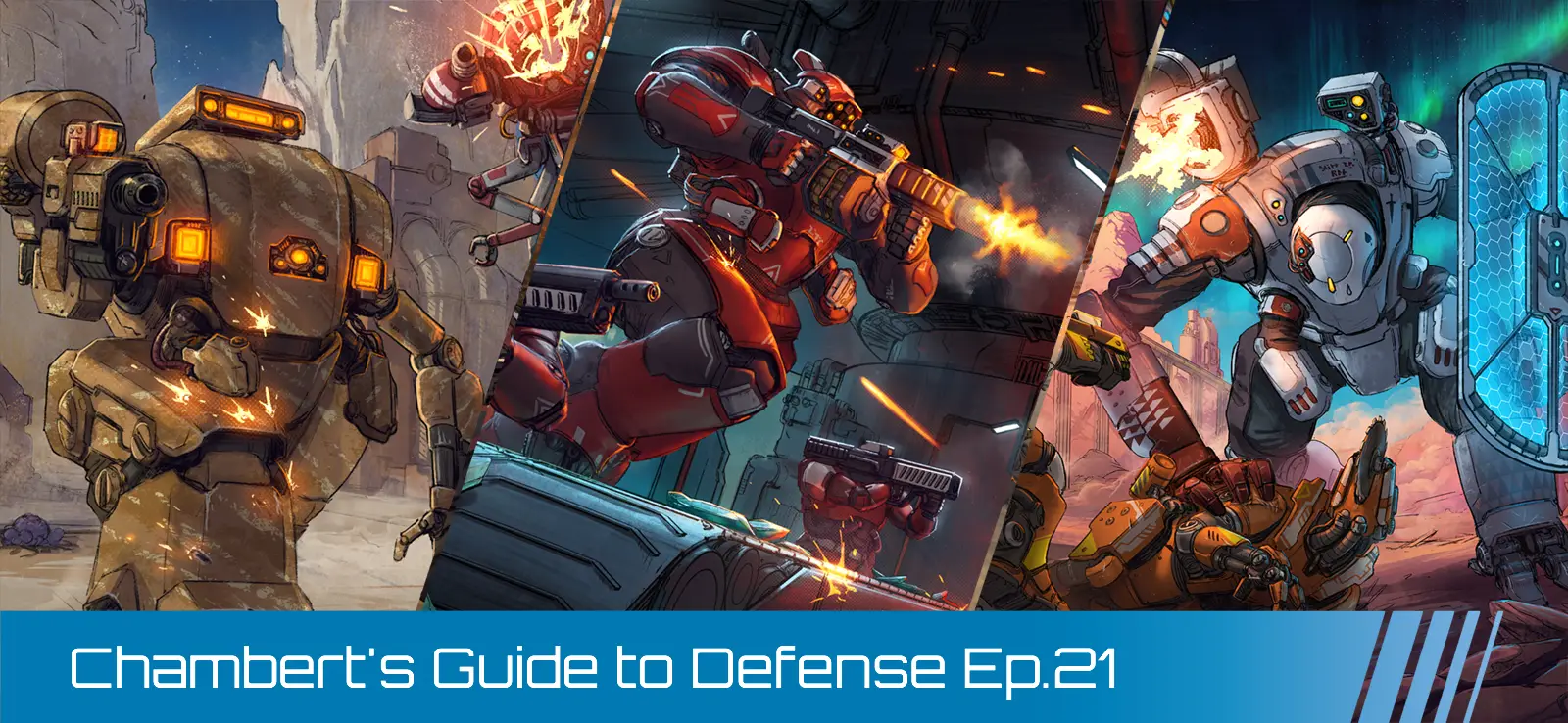

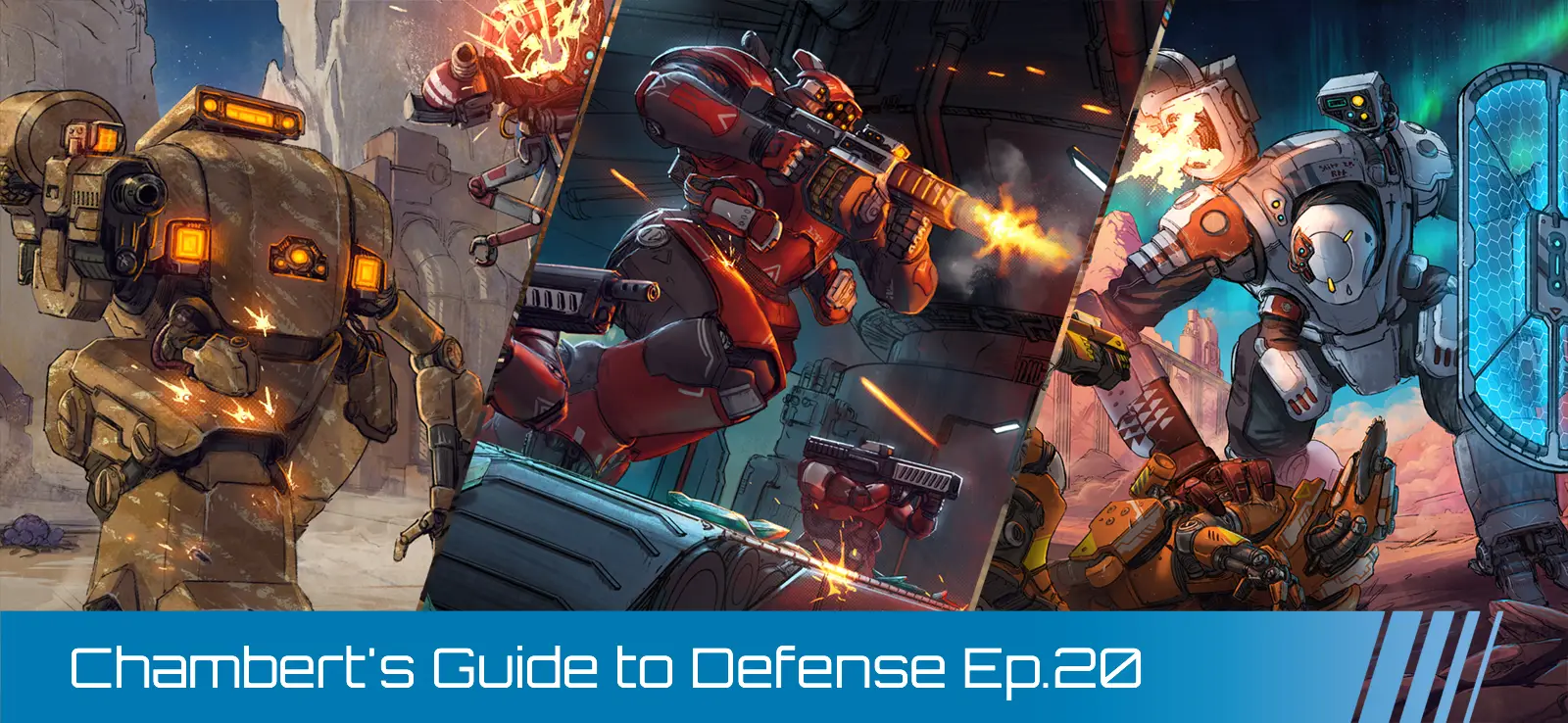

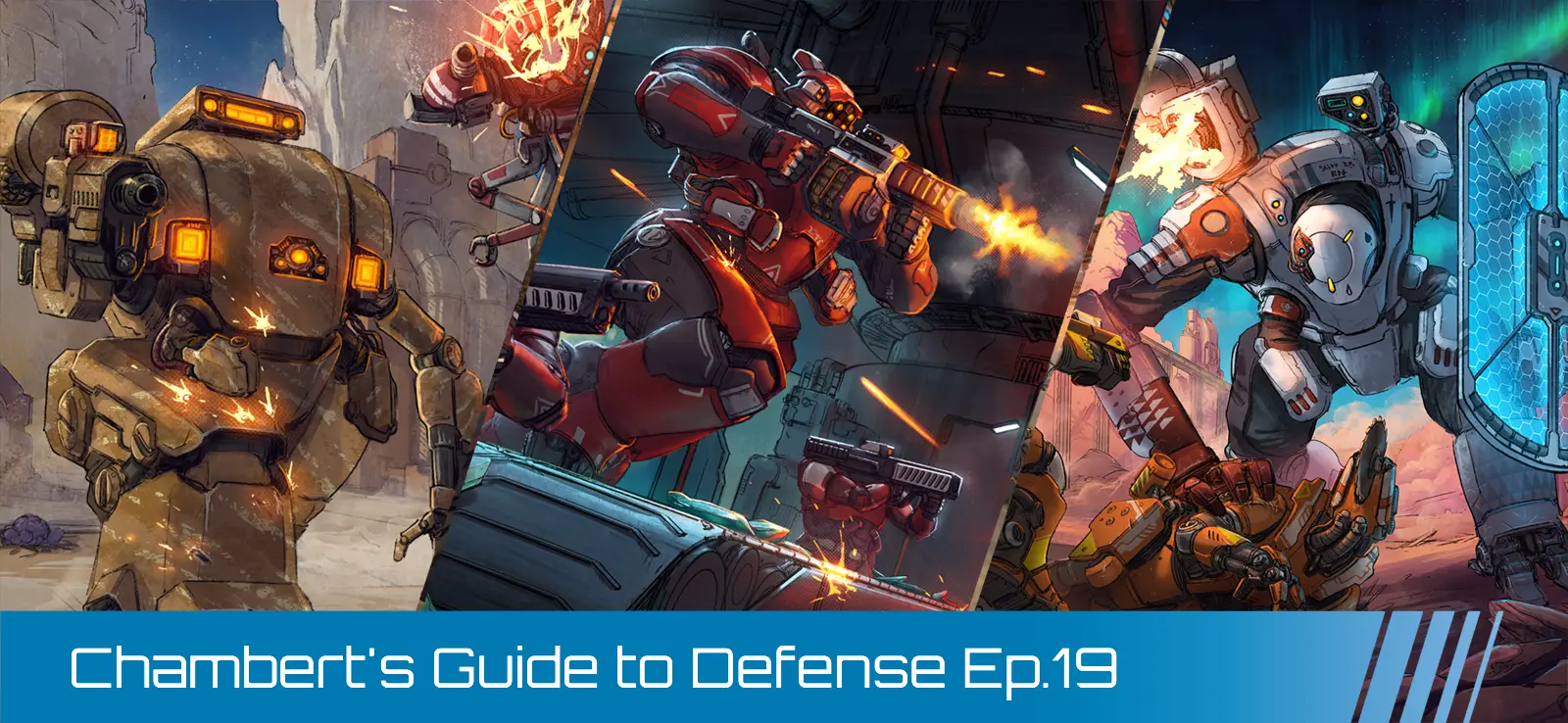



















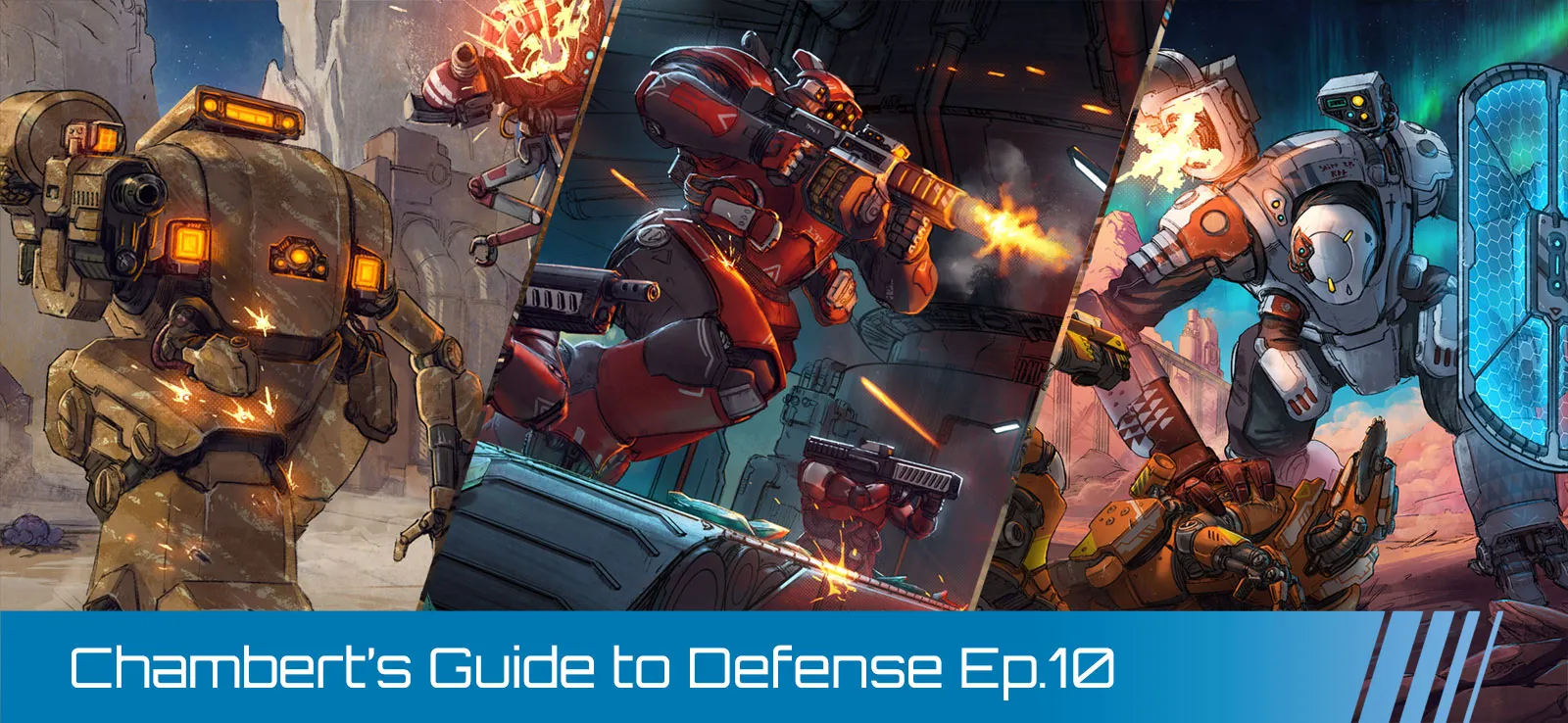















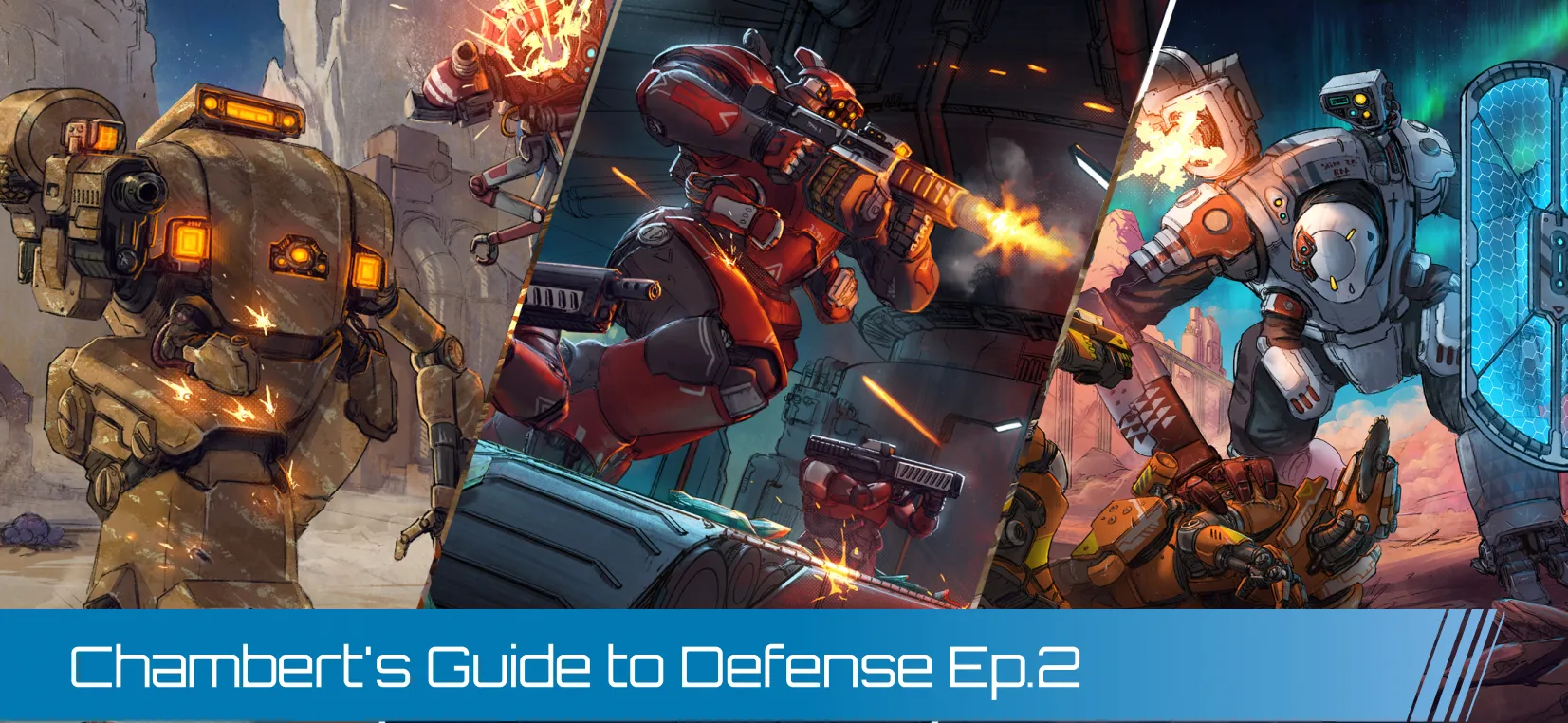



.webp)




